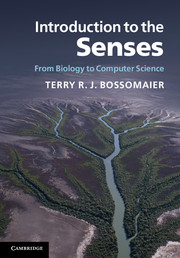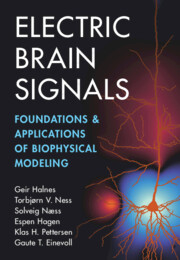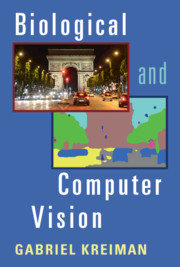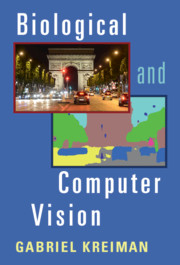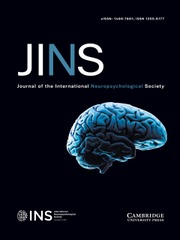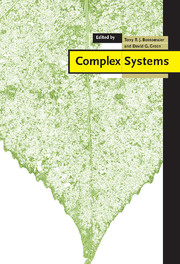Introduction to the Senses
An understanding of the senses - vision, hearing, touch, chemical and other non-human senses - is important not only for many fields of biology but also in applied areas such as human-computer interaction, robotics and computer games. Using information theory as a unifying framework, this is a wide-ranging survey of sensory systems, covering all known senses. The book draws on three unifying principles to examine senses: the Nyquist sampling theorem, Shannon's information theory, and the creation of different streams of information to subserve different tasks. This framework is used to discuss the fascinating role of sensory adaptation in the context of environment and lifestyle. Providing a fundamental grounding in sensory perception, the book then demonstrates how this knowledge can be applied to the design of human-computer interfaces and virtual environments. It is an ideal resource for both graduate and undergraduate students of biology, engineering (robotics) and computer science.
- Uses information theory as a unifying framework to provide a wide-ranging survey of sensory systems, covering all known senses
- Separates function from biological detail, enabling a clear explanation of functionality of sensory components
- Provides tools for measuring sensory performance, with chapters describing useful mathematical techniques, notably Fourier analysis, Shannon information theory and Nyquist sampling
Reviews & endorsements
'The book concludes with … pages of useful and excellent references for those who want additional information … [it] is certainly interesting to read and will be useful for researchers using sensing technology in areas such as human-computer interaction or robotics.' Ramaswamy Palaniappan, Computing Reviews
'Both the breadth and depth of Introduction to the Senses are impressive … More than anything, it serves to inspire. A go-to resource for pertinent ideas, this is indeed a reference book worth keeping on the shelf.' Jean Huang, Yale Journal of Biology and Medicine
Product details
June 2012Hardback
9780521812665
358 pages
254 × 180 × 20 mm
0.86kg
60 b/w illus. 8 colour illus. 12 tables
Available
Table of Contents
- Foreword
- 1. Introduction and overview
- 2. Understanding sensory systems
- 3. Introduction to Fourier theory
- 4. Introduction to information theory
- 5. Hearing
- 6. Basic strategies of vision
- 7. The correspondence problem: stereoscopic vision, binaural hearing and movement
- 8. The properties of surfaces: colour and texture
- 9. Non-human sensory systems
- 10. Sensory integration
- References
- Index.

